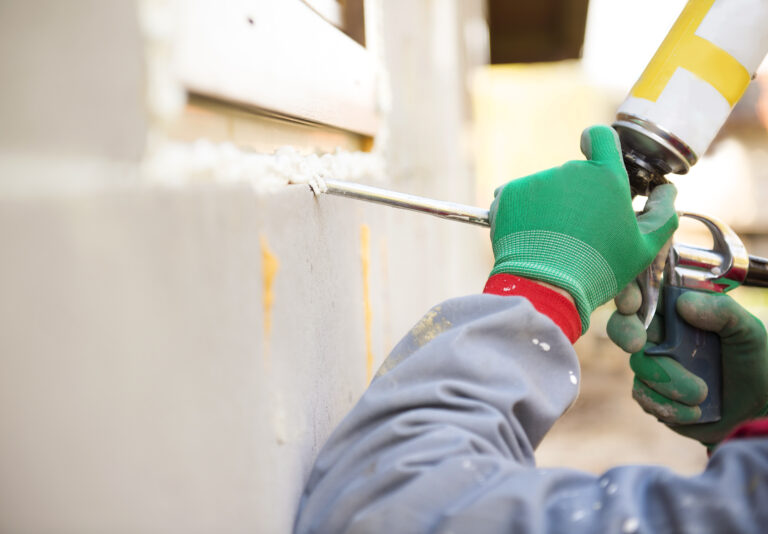The Hidden Dangers of Mold: How It Affects Your Health and What You Can Do About It
Mold is a type of fungus that grows in damp, dark places. While it’s not always visible to the naked eye, mold can be present in your home or workplace without you even realizing it. And while some people may not experience any negative effects from exposure to mold, others can suffer serious health problems as a result. In this blog post, we’ll explore the hidden dangers of mold exposure, the symptoms of mold exposure, how to prevent mold growth in your home, and what you can do if you suspect you have been exposed to mold.
Introduction to Mold and Its Health Effects
Mold can cause a range of health issues, including respiratory problems, skin irritation, and even neurological disorders. People with asthma or other lung conditions are particularly at risk for developing severe reactions to mold exposure. Additionally, exposure to certain types of mold has been linked to an increased risk of developing cancer.
The Hidden Dangers of Mold Exposure
One of the biggest risks associated with mold exposure is its ability to hide in plain sight. Because mold thrives in damp environments, it often grows behind walls, under flooring, and in other areas where it isn’t easily detected. This means that many people may be unknowingly living or working in spaces that contain dangerous levels of mold without ever realizing it.
Symptoms of Mold Exposure and Their Treatment
Common symptoms of mold exposure include respiratory problems such as wheezing, coughing, and shortness of breath. Skin rashes and irritations are also common, as well as headaches, fatigue, and difficulty concentrating. If left untreated, mold exposure can lead to more serious health complications, including sinusitis, bronchitis, and pneumonia.
Treatment for mold exposure typically involves removing the source of the mold (if possible), avoiding further exposure, and seeking medical attention if necessary. Antibiotics may be prescribed to treat secondary infections caused by mold exposure, and corticosteroids may be used to reduce inflammation in the lungs.
Preventing Mold Growth in Your Home
The best way to protect yourself against the dangers of mold exposure is to take steps to prevent mold growth in your home. Here are a few tips to help you get started:
1. Keep your home dry: Moisture is one of the key ingredients needed for mold growth, so it’s essential to keep your home as dry as possible. Use dehumidifiers to remove excess moisture from the air, fix leaks promptly, and ensure proper ventilation throughout your home.
2. Clean up spills immediately: Any standing water or wet surfaces can provide the perfect environment for mold to grow. Make sure to clean up spills and messes right away to prevent mold from taking hold.
3. Check for signs of mold regularly: Look for signs of mold growth around your home, especially in areas that tend to stay damp or humid. Common locations for mold growth include bathrooms, kitchens, basements, and attics.
4. Call in professional help when necessary: If you suspect there is mold growing in your home but cannot locate the source, consider hiring a professional mold remediation company to investigate and address the issue.
Conclusion
In conclusion, mold exposure can pose significant health risks, particularly to those with pre-existing respiratory conditions. By taking proactive measures to prevent mold growth in your home and seeking medical attention if necessary, you can minimize your risk of developing adverse health effects due to mold exposure.




